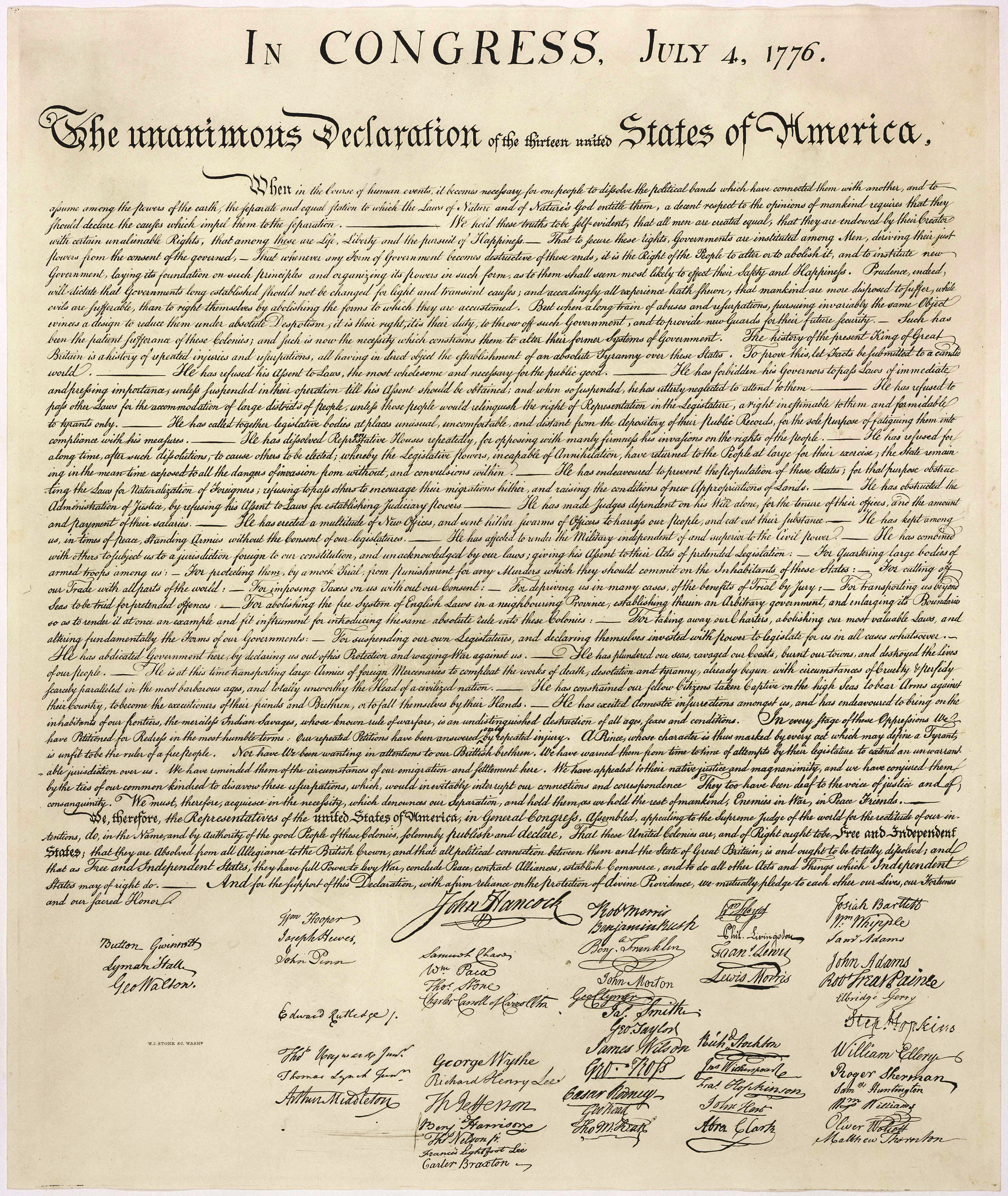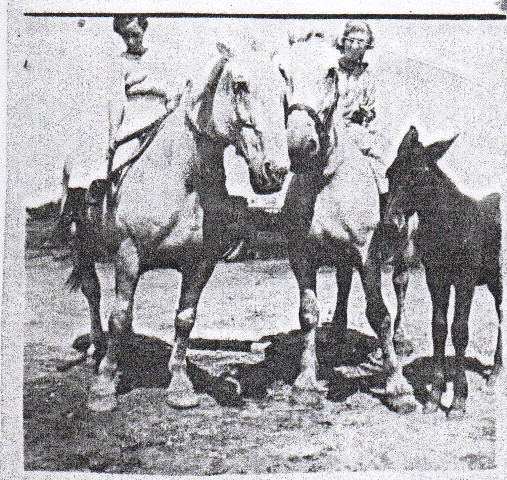[spacer height=”20px”]

[spacer height=”20px”]
On May 18, 2016, and maybe even earlier, parents of students in Corpus Christi Independent School District learned that their children are not being taught to read or write cursive because of “lack of time” to teach the subject. Whatever happened to integrating the learning of one subject area into each and every other subject area? This is rubbish! Learning to read and write in cursive must be integrated into each district’s curriculum in order to produce students who can meet and exceed the expectations they will face in life. Making excuses NOT to do so is wrong-headed.
The practice of learning cursive is very good for the brain, and the earlier in life it is learned, the better it is. Even as recently as a week ago there was a study which proved that students who take notes by hand have better recall than students who type notes into a computer. The standards in Common Core, which are found in other states, do not require elementary students to learn cursive. Why would that be? Texas used to have CSCOPE, and perhaps this “throwing out of the cursive teaching” was begun with CSCOPE in this state. CCISD stated this is an “ancient skill” and it no longer needed to be taught. But hand-eye coordination is important. Psychology Today has an article by William R. Klemm touting the importance of learning cursive in which he says it helps the brain learn “functional specialization”, integrates sensation, movement control, and thinking. Cursive activates areas of the brain that are not activated during typing or visually seeing print. Fine motor skills are aided because one must pay attention to and think about what one is doing. To say that the STAAR test takes too much time and there is not enough time left for teaching cursive is like putting the cart before the horse. Cursive is a foundation for other learning.
The practice of learning to write in cursive along with printing the alphabet is possibly an indicator of future success in life. Everyone can point to some people who have done just fine in life without good penmanship. But how can a person sign his or her name to a document, a marriage certificate, or a contract if he or she doesn’t know how to do anything but print? As a grandchild, how would it feel to become an adult, run across a letter from your grandfather to your grandmother, and have to ask for someone to explain it to you? What about the oldest family document in your family’s possession? Do you want to have an interpreter read it to you? This doesn’t even take into account the loss of income of people who today earn their money by being handwriting analysts, but I digress.
Students of today who fail to learn cursive doom themselves to trust that printed books and computer sites are correct examples of America’s founding documents. After the week Facebook has had trying to explain that they do not “lean” to the left, when it is perfectly obvious that they do, who would trust others when he or she has the perfect opportunity to study history from founding documents? The Declaration of Independence, The Constitution of the United States of America, the letter William Barrett Travis wrote asking for reinforcements at the Alamo which was being besieged by the troops of Santa Anna were all written in cursive. Teachers of today do not need to put the STAAR test as a priority when an entire generation of Americans need the ability to read history from first-hand primary accounts. Websites and computer geeks surely can type whatever they wish to type and change a word here and a thought there to make the statements say whatever they wish them to say. The idea of NOT being able to read documents which are written in cursive puts too much power in hands that may not need that power.
[spacer height=”20px”]

[spacer height=”20px”]
What can parents do? Go to local school board meetings and ask for cursive to be taught as early as is possible. It CAN be done if it is integrated into other subjects and not taught just as a “stand alone” topic. It needs to be done throughout the week and not just an hour or so when time allows. It needs to be started in the earliest of grades when learning is easier. When all else fails, begin this summer to set aside at least one day of each week as a parent to gather pens, pencils, and paper and teach cursive yourself. Parents, or older siblings, will be doing a great service to the children in the family. Online and in stores one can easily find print copies of correctly written capital and lower case letters. Make it a game. Practice signing autographs as if famous. Write letters to grandparents, aunts, and uncles. Thank you notes for birthday gifts are always welcomed. If schools will not teach cursive, make sure the children in your own family know and can write well. English teachers who assign essays, if those are still required, will thank you. But more importantly, you will have helped your own children. Summer is almost here. Do what is necessary to help a child succeed.
A note from the editor: Many elementary teachers today use a program called Handwriting without Tears because it is easy to learn, easy to read, and easy to write. Third graders in Texas, as per the TEKS, are required to learn cursive. After that, they are allowed to choose cursive or print, whichever is “more appropriate.”

